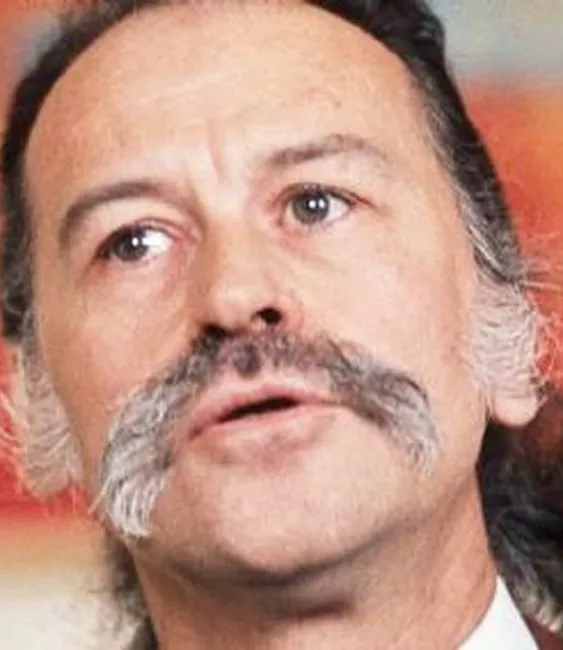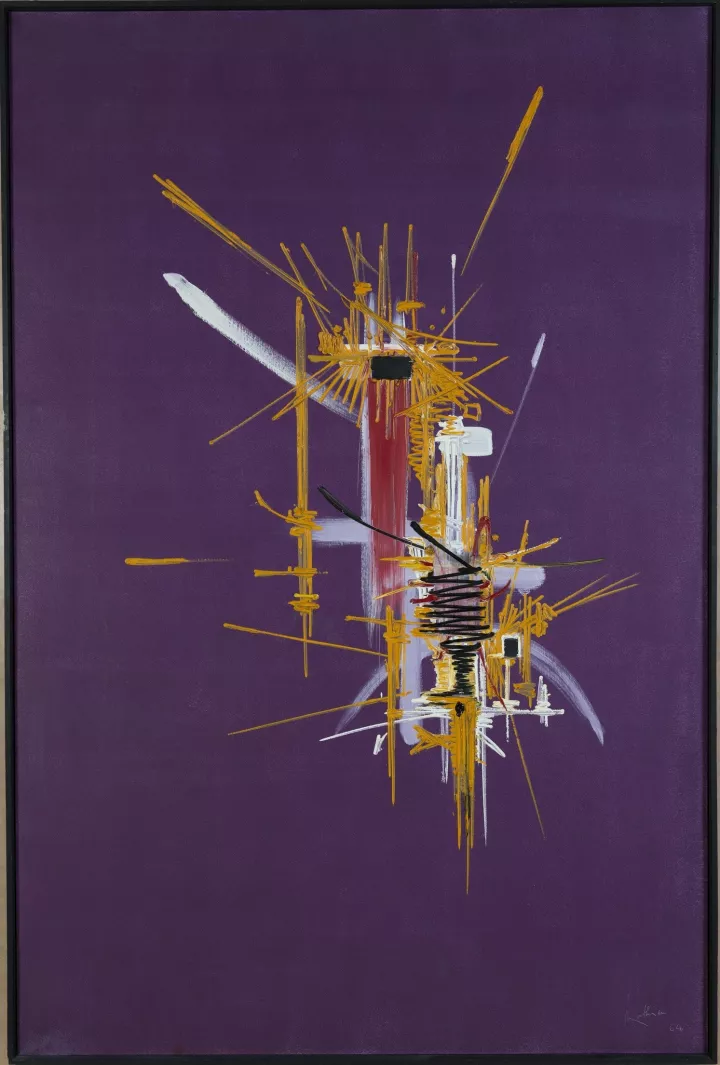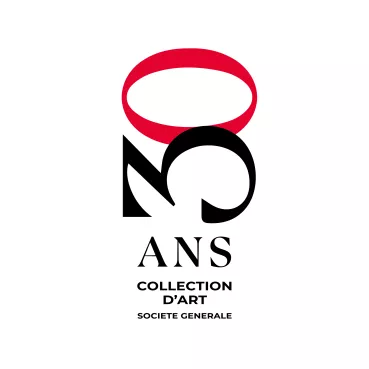
Zoom
ACHILLEE
1964
Georges MATHIEU
Painting
195 x 130 cm
"Achillée" marks the transition between two periods of Georges Mathieu: the Incarnation (1950-1952), where his calligraphic language takes shape with an “aesthetic of risk” and rapid execution, and the orthogonal period (1965), where the forms become more rigorous and geometric. The works of this period are more colorful, sometimes incorporating networks of lines evoking megacities and industry.

Born in 1921 in Boulogne-sur-Mer, France
Died in 2012 in Boulogne-Billancourt, France
Georges Mathieu is a key figure in European and American abstraction during the 1940s and 1950s. He introduced “Lyrical Abstraction”, emphasizing gesture and form over intention, with calligraphic lines created using long brushes. His works, executed quickly, embody a free and immediate creative expression.
Artwork of
Georges MATHIEU

Visit the Collection
Book a visitThe visit of the Collection is open to you! Come alone, in a group or on a school outing !
Reservation is mandatory in order to offer you a guided tour, at La Défense or by videoconference.



